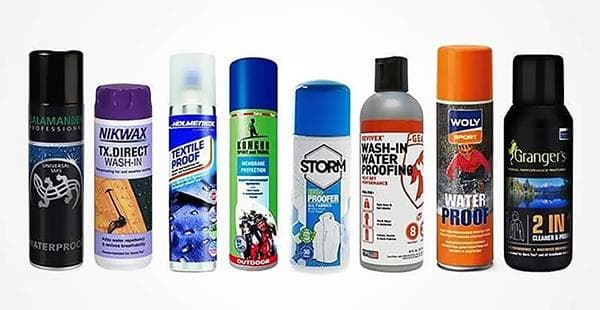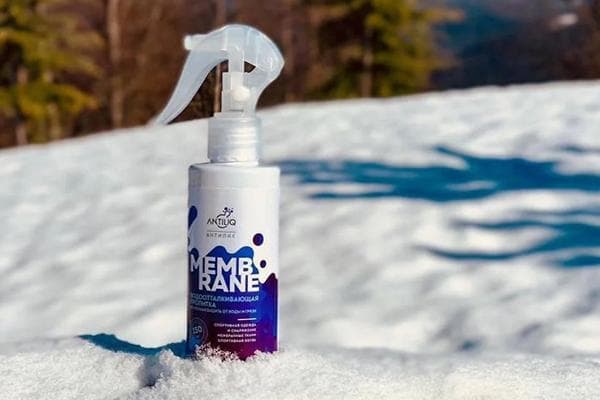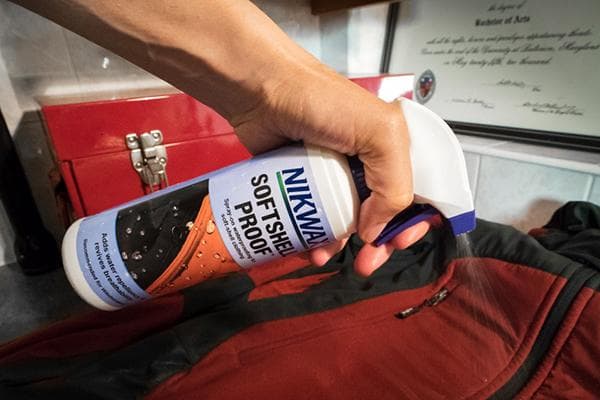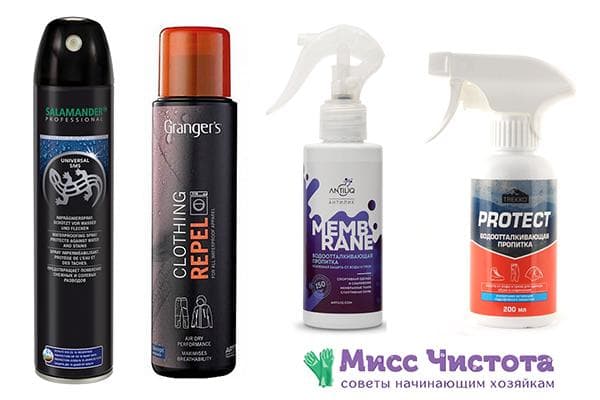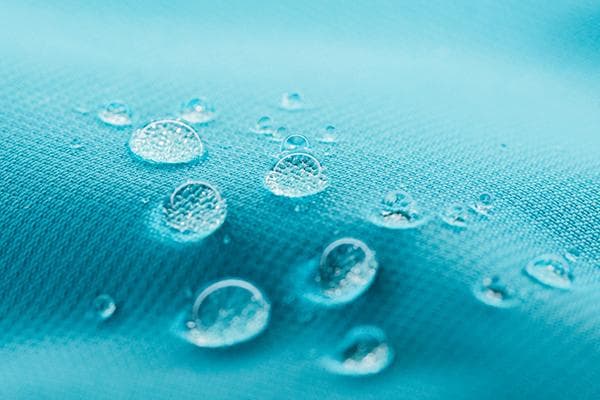How to choose and use water-repellent impregnation for clothing?
Water-repellent impregnation for clothes is a useful invention. Not a single tourist, athlete or just a lover of active recreation can imagine himself without it. It can give or restore the protective properties of the fabric. With it you don't have to worry about getting wet. After treatment, clothes get less dirty, and the body still breathes: the coating does not interfere with air exchange, but creates a thin membrane-like film. Drops of water roll off such material, and the clothes remain dry.
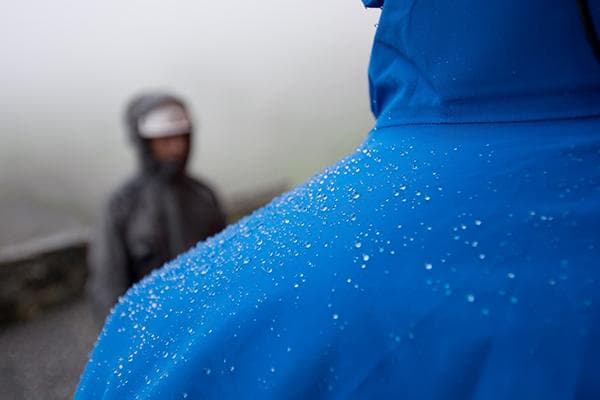
Kinds
First of all, impregnations differ in their composition. They are universal and special. Universal impregnations are made on a water basis and are used on all types of fabrics. They are easy to apply, harmless and do not have a strong odor.
Special impregnations may be hydrocarbon-based and contain silicone, fats and other components. They have increased protection, but are intended only for certain materials, and may harm others. For example, leather impregnations often have a greasy base and additionally mask scratches. But if you apply such a product to fabric, it will become stained and deteriorate. There are separate impregnations for wool, cotton, suede, and nubuck.
Main types of water-repellent impregnations:
- W.R. The most popular variety. The product is applied to the outside of clothing, shoes and various fabric products. The treated material does not become damp in high humidity conditions. The protective film does not allow even small vapors and fog to enter.
- DuPoint. Creates a Teflon coating, similar to WR. This type is intended for fabrics that are used in harsh conditions. As a rule, these are tourist clothing, tents, and furniture.
- Silver. It is applied to the fabric from the outside and additionally protects it from sunlight, preventing color fading.
- P.U. Designed for processing the inside of products. Polyurethane impregnation retains moisture if the fabric gets wet from the outside.
- Ultra Foil. It is applied to the inside of the product and creates a strong shiny film.
- Silicone. Used for tents and not intended for clothing.
Impregnation for membrane clothing
Despite the fact that membrane fabrics are positioned as water-repellent, they often have an additional protective layer. Over time, this layer wears off, and moisture, although it does not leak inside, lingers on the clothes, disrupting air exchange and making the fabric heavier. To increase the water-repellent properties of the membrane, DWR type impregnations are used.
DWR impregnations have excellent water-repellent properties and are mainly used for treating membrane clothing, as well as certain types of military uniforms. Despite their high efficiency, they are water soluble. This means that DWR protection is safe, but will become damaged over time.
Application methods
The bulk of water-repellent impregnations are produced in the form of sprays. The protective coating requires an even application, and the sprayer allows you to do this quickly and easily. Less common are impregnations in the form of an emulsion and a liquid that needs to be dissolved in water and the clothes soaked in it.
Before using the product, carefully read the instructions. Some compositions are applied to a dry cloth, others to a damp one, and others are pre-diluted with water.
Top 4 impregnations
Water-repellent impregnations are a popular product on the market. As a rule, universal formulations are more popular.
In terms of price, quality and protective properties, today the following are recognized as the best:
- Grangers Clothing Repel GRF74. The product is added to water and can be used in a washing machine with a drum dryer. Universal, highly effective impregnation suitable for all types of fabrics. It has a unique composition and is completely environmentally friendly. Available in a 300 ml bottle. Price – 1200 rubles.
- Salamander Professional Universal SMS. A popular and inexpensive impregnation is used for clothing and shoes. It is highly effective, but requires periodic updating. Available in spray. A 300 ml bottle costs approximately 350 rubles.
- Antiliq Membrane. Designed specifically for membrane and sports fabrics. It can be easily applied to clothing using a spray bottle. The product does not change the color of the fabric and does not give shine. Clothes can be used within 20 minutes after treatment. For a volume of 150 ml you will pay 500–550 rubles.
- Trekko Protect. Another quick and versatile spray that starts working in 20 minutes. Remains on the surface of outerwear for a long time. The cost of a 200 ml bottle is 650 rubles.
Efficiency
Water-repellent impregnation is reliable protection for clothing. For maximum efficiency it is important:
- choose the right product according to the type of material;
- apply it according to the instructions;
- ensure proper care of clothing.
Unfortunately, the water-repellent layer does not last forever. The protective coating is damaged by washing and mechanical stress, and it needs to be renewed periodically. The frequency of treatments is purely individual.Some people have to renew the coating once a week, while others need enough impregnation for a season.

Can I do it myself?
You can make water-repellent impregnation yourself. Many tourists use folk recipes for treating tents and other equipment. The basis is alum and quicklime, as well as copper sulfate. However, folk remedies are not suitable for clothing - you will only ruin the thing.
Water-repellent impregnation is necessary for lovers of outdoor activities. It improves protection from rain, fog, and snow. The fabric does not get wet, and a person can stay outside for as long as he likes without feeling damp. Choose a universal impregnation spray from a trusted manufacturer if you don’t know which product to choose. When applying, open windows and keep can away from eyes and sources of fire. Treat the entire front surface. Pay special attention to folds and seams.

